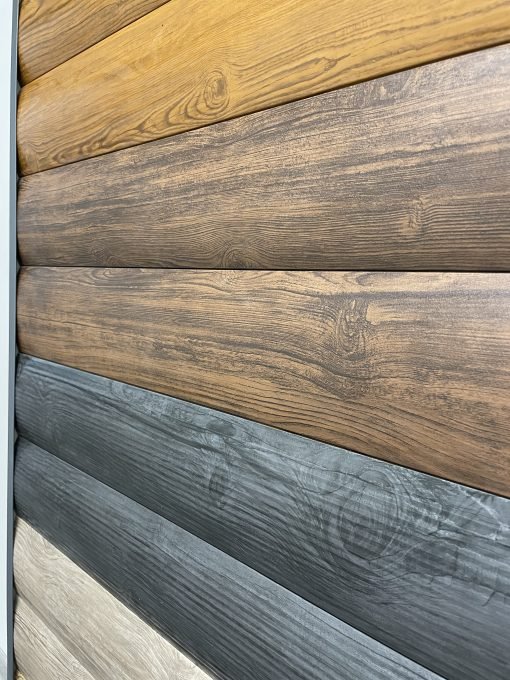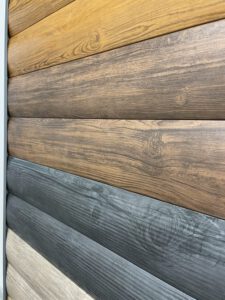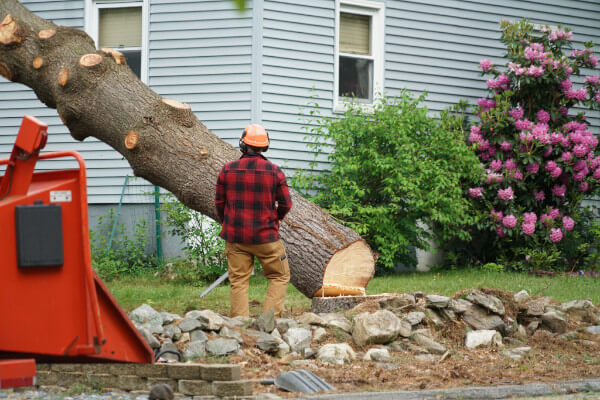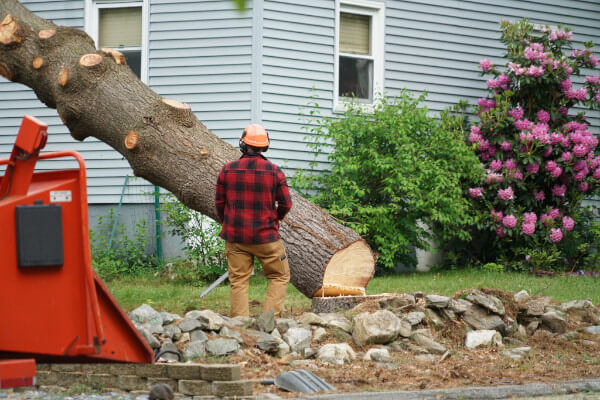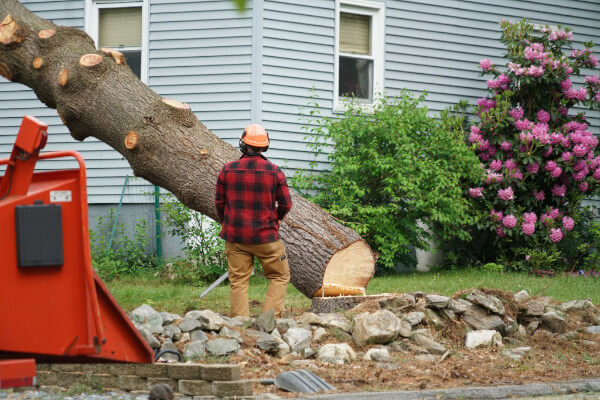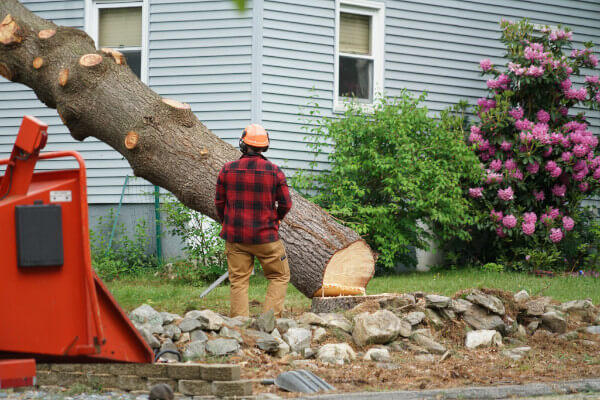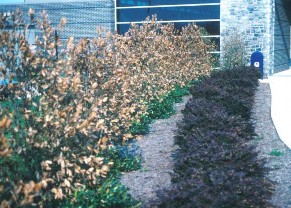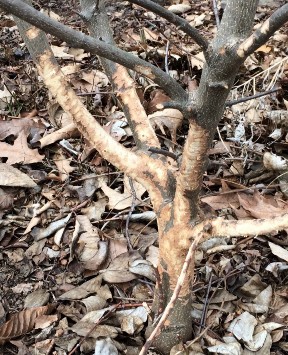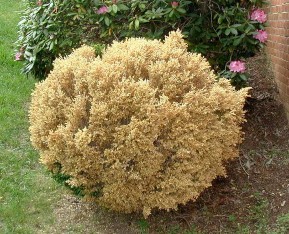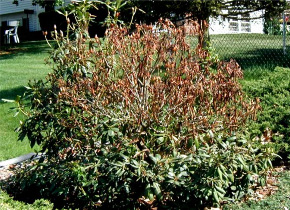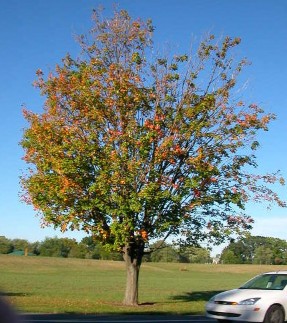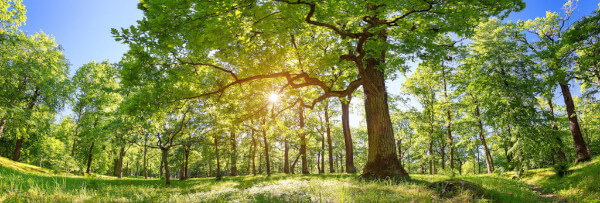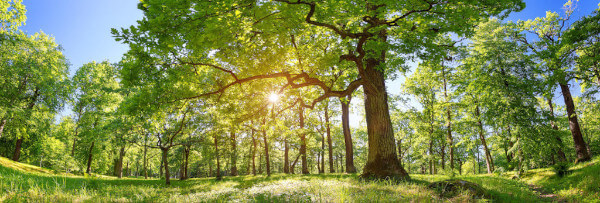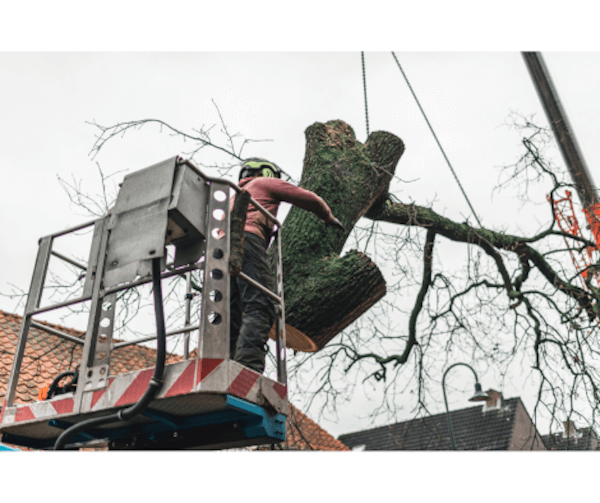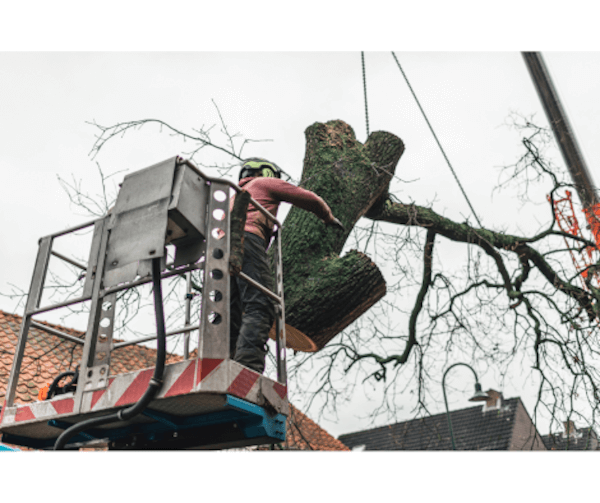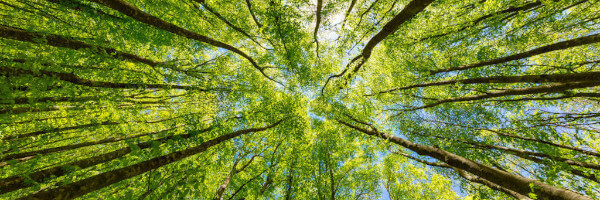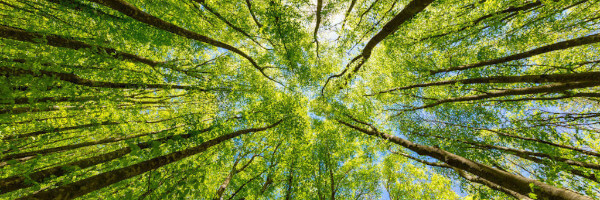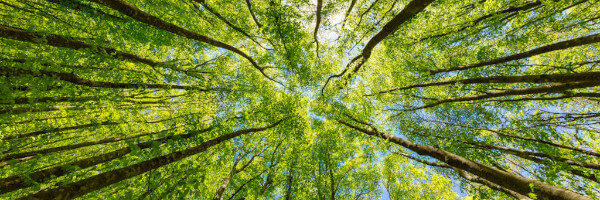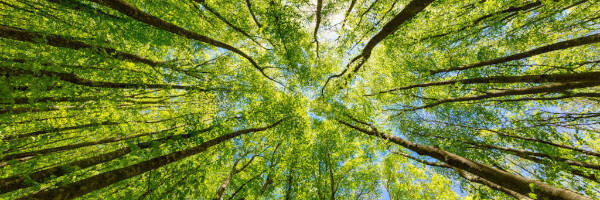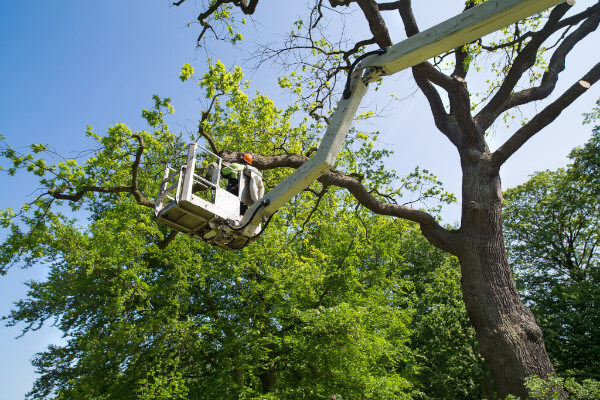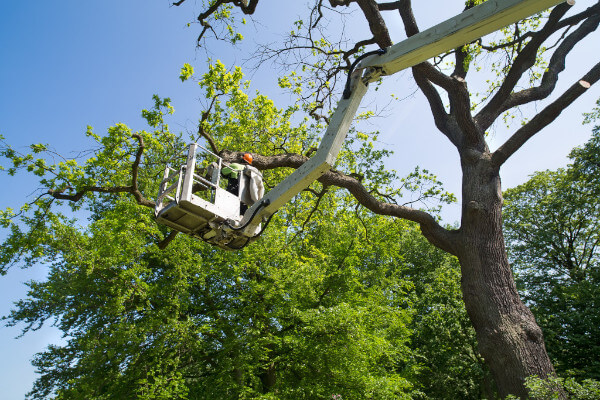There are many advantages of hiring professional rubber roofing contractors. Before choosing one, you should get references and compare prices from several rubber roofing contractors. Also, you should make sure that the contractor does not rush the project, as this can cause problems. To avoid this problem, hire a contractor that communicates regularly with its customers.
 For example, rubber roofs are less susceptible to UV rays and sun exposure, which means they last for a long time. Furthermore, they can withstand high winds and severe hailstorms. Another benefit of rubber roofing is that repairs are much cheaper, and they only require a new paint job once every decade. It will also help reduce the cost of maintenance, as a rubber roof will reflect heat away from the ceiling.
For example, rubber roofs are less susceptible to UV rays and sun exposure, which means they last for a long time. Furthermore, they can withstand high winds and severe hailstorms. Another benefit of rubber roofing is that repairs are much cheaper, and they only require a new paint job once every decade. It will also help reduce the cost of maintenance, as a rubber roof will reflect heat away from the ceiling.
Therefore, it will not negatively affect your property’s value. Another benefit of rubber roofing is its ease of installation. EPDM roofing contractors will be able to complete the process with little difficulty. The installers will be able to use a unique adhesive to attach the material to the roof correctly. This adhesive will ensure that the roof is water-tight. Since it is made of recycled materials, EPDM roofing is environmentally-friendly. As long as it is installed properly, there is no need to worry about leaks.
A rubber roofing system will last for years to come. The material is easy to repair if a leak occurs. Additionally, it requires little maintenance. Since rubber roofing is a single layer, there are no seams to let water through. This makes rubber roofing an ideal choice for commercial buildings. This type of roofing is easy to install and requires little maintenance. A rubber roofing contractor can fix a leak quickly and efficiently if you need a leak.
You should protect your interior items during the rubber roofing installation. Take down any pictures or wall hangings and certain fragile items. As the rubber roof is installed, it will cause solid vibrations and movements, so be sure to cover anything that you don’t want to fall off the walls. Likewise, you should cover any items stored in the attic. You should also remove any satellite dishes and antennae so they won’t get damaged during the installation.
Another popular type of rubber roof is EPDM. It is made from rubber and is highly resistant to harsh weather conditions. When properly installed, EPDM roofing will not crack or peel. However, you must have a professional contractor install the material. In most cases, a professional contractor will need to hire a company that uses high-quality material. So, hire a rubber roofing contractor who can ensure that your roof will be protected against the elements.
EPDM is a high-quality commercial-grade rubber roofing membrane. It can resist impacts, punctures, and weathering. If you need a new roof for your commercial building, choose EPDM for its long-term durability and cost-effectiveness. A rubber roofing contractor can install EPDM on your commercial building. You can also get EPDM rubber roofing in white and black, which will give your home a unique look.
EPDM roofing is a popular option for flat roofs, as it is both flexible and durable. It can be fireproof, although it costs more than TPO. EPDM roofing is made from chemicals, including acetones, alkalis, and ketones. These chemicals enhance the properties of EPDM and other types of rubber roofing. EPDM is the best flat roofing choice, but the quality of installation will determine its lifespan.
There are many advantages of metal roofing. The main advantage is its durability. It can withstand a lot of stress before showing signs of weakness. It is an excellent choice for commercial buildings because it offers low maintenance and long service life, which means you can focus on other aspects of your business. However, metal roofing can be expensive, so hiring a company specializing in rubber roofing can be the best option. If you’re worried about the cost of roof maintenance, you can trust the company with your project.
When you hire a rubber roofing contractor, you can choose between flat and pitched roofs. Flat roofs tend to require less material than pitched roofs, and rubber roofing contractors can finish the job quickly and efficiently. Because rubber roofs have low material costs, they are often cheaper to install than other roofs. In addition, rubber roofing contractors can roll out the new roof quickly. So, if you are looking for a flat roofing solution, be sure to consider all the benefits.

